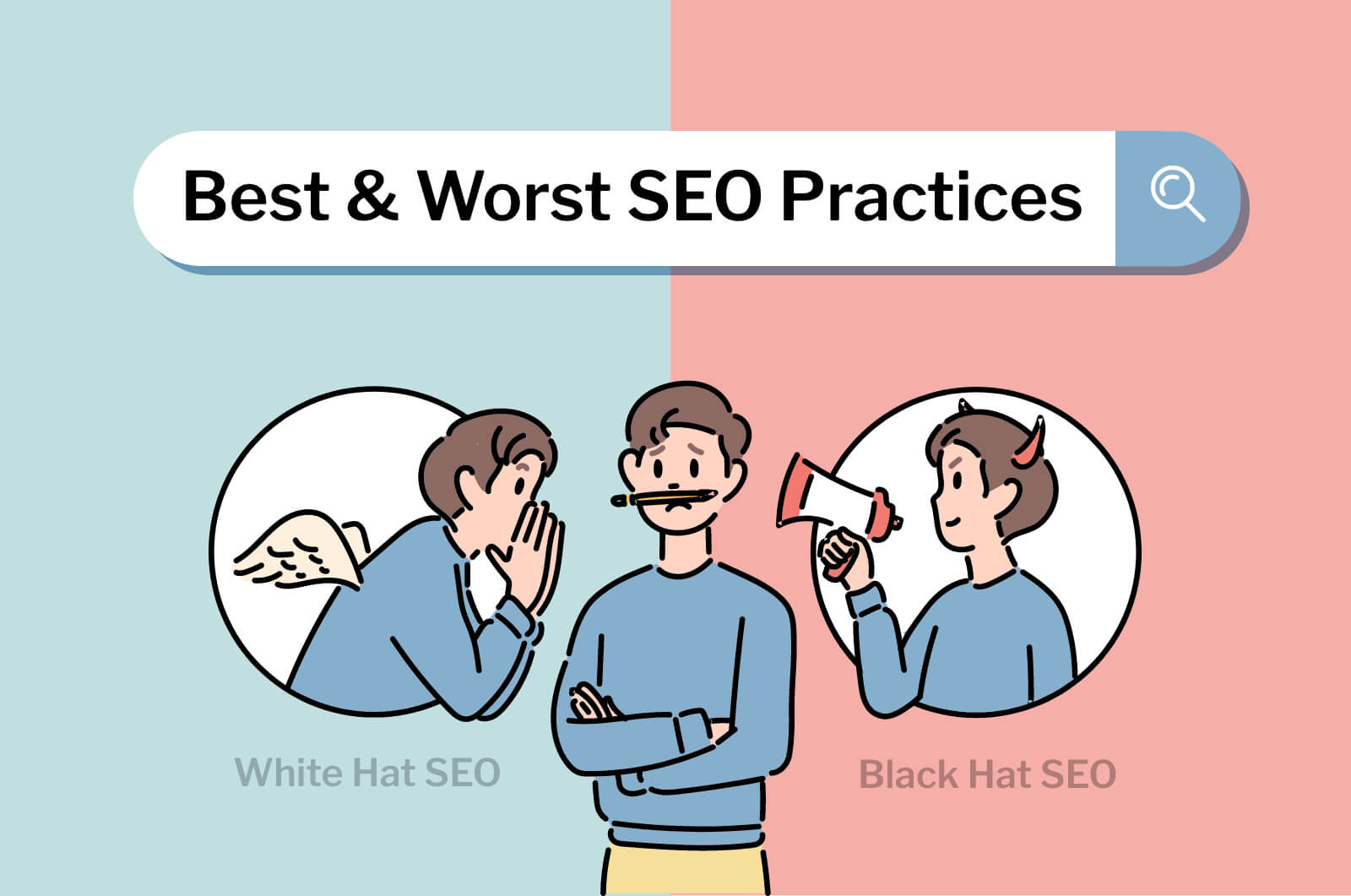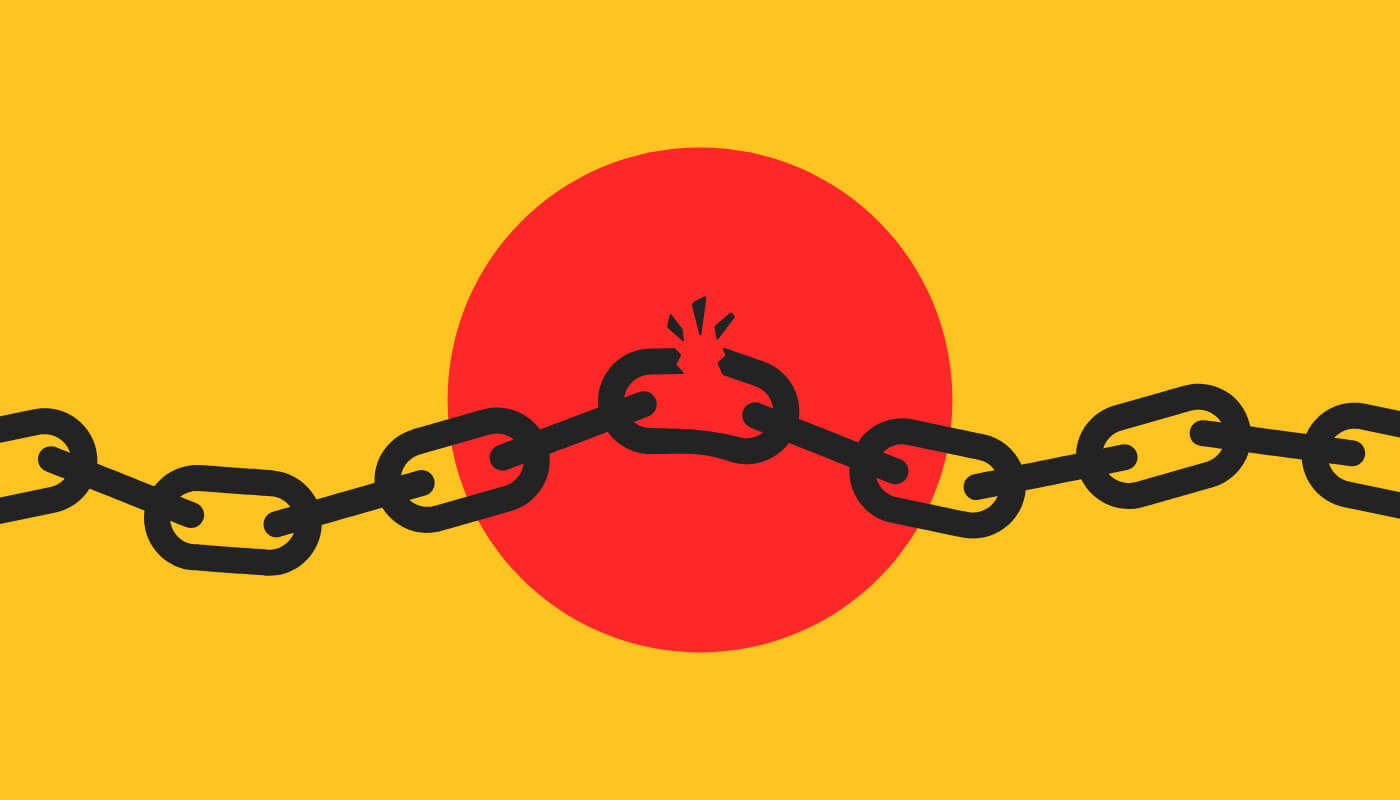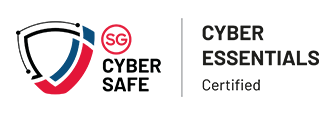
“Angels and demons” can be used to represent the best and worst Search Engine Optimization (SEO) practices, respectively.
White Hat SEO: Just like the angels. It brings happiness and is a sign of calmness and peace.
Black Hat SEO: Just like the demons. It may bring you temporary happiness but destroys you eventually.
Having a clear understanding of white hat and black hat SEO can help increase engagement and traffic on your website. SEO is a key factor in improving the success of a website. In this article, we will explore the two types of SEO and clarify any misunderstandings you may have.
White Hat SEO
White hat SEO is similar to playing fair. It involves practices that do not harm others and is the correct way to improve the ranking of your website. Here are some best practices for white hat SEO with relevant examples:
1) Great content

Quality content is essential for a website to rank organically. This means writing unique, engaging content that benefits the reader. For example, if you own a website about healthy living, you could write an article about the benefits of a plant-based diet. Add external links to scientific studies or reputable health organizations to boost the article’s credibility.
2) Keywords
Using relevant keywords is important in white hat SEO. Make sure to stick to keywords that are related to your topic. For example, if you own a website about gardening, you could use keywords such as “plant care,” “garden design,” and “organic gardening.”
3) Optimization

Small factors can have a big impact on the ranking and optimization of a website. This includes using relevant keywords in titles and metadata and optimizing the website for different devices such as mobile, tablet, and laptop. For example, you could ensure that your website’s pages load quickly and are easy to navigate on both desktop and mobile devices.
4) Website quality
The quality of a website includes factors such as navigation, ease of use, appearance, and loading speed. Good hosting and domain are also important for achieving high quality. For example, you could use a professional website design and reliable hosting service to ensure that your website is visually appealing and runs smoothly.
5) Inbound links

Inbound links can greatly increase traffic and engagement on your website. Getting authoritative links can be challenging, but it is worth the effort. For example, you could reach out to other reputable websites in your industry. Ask if they would be willing to link to your website as a resource for their readers.
Black Hat SEO
Black hat SEO is similar to cheating. If you want to implement the best SEO practices, you should avoid black hat SEO techniques. These practices were once beneficial, but they are now toxic and can harm your website. Here are some black hat SEO practices that you should avoid to keep your website safe:
1) Invisible text

In the past, people used invisible text to stuff keywords onto their websites. One common method was to stuff an image with keywords. However, this practice is risky because search engines are intelligent and can detect when this is being done. If they do, they may ban the website and the owner may face consequences.
2) Unnatural keywords in meta titles
Using irrelevant keywords in meta titles is a bad idea. For example, using “football” as a keyword in a tech blog does not make sense and search engines will know it. If you stuff your meta titles with irrelevant keywords, you may face a penalty.
3) Irrelevant Links

Adding links that are unrelated to your blog or website and hiding them from visitors is another common black hat SEO practice. It does not help you gain traffic and may result in a violation penalty.
4) Fooling search engines
Some black hat SEO practitioners show content that does not exist in order to fool search engines. This can mislead users and increase the bounce rate, which can negatively impact the ranking of the website.
5) Duplicate content

In the past, people ranked their websites with the same content. However, search engines have difficulty ranking websites with duplicate content because they do not know which one to prioritize. Duplicate content can harm your website ranking.
Conclusion
It is important for every website owner to understand the difference between white hat and black hat SEO. White hat SEO involves ethical practices that aim to improve the ranking of a website in a way that does not harm others. This includes creating quality content, using relevant keywords, optimizing the website, and obtaining inbound links from reputable sources.
On the other hand, black hat SEO involves unethical practices that can harm a website and may result in penalties. These practices include using invisible text, stuffing meta titles with irrelevant keywords, adding unrelated links, fooling search engines, and using duplicate content. To ensure the success of your website, it is best to stick to white hat SEO practices and avoid black hat techniques.
At eFusion Technology, we have over 18 years of web development experience and that includes search engine optimization strategy too! Contact us today to get started on your project.

